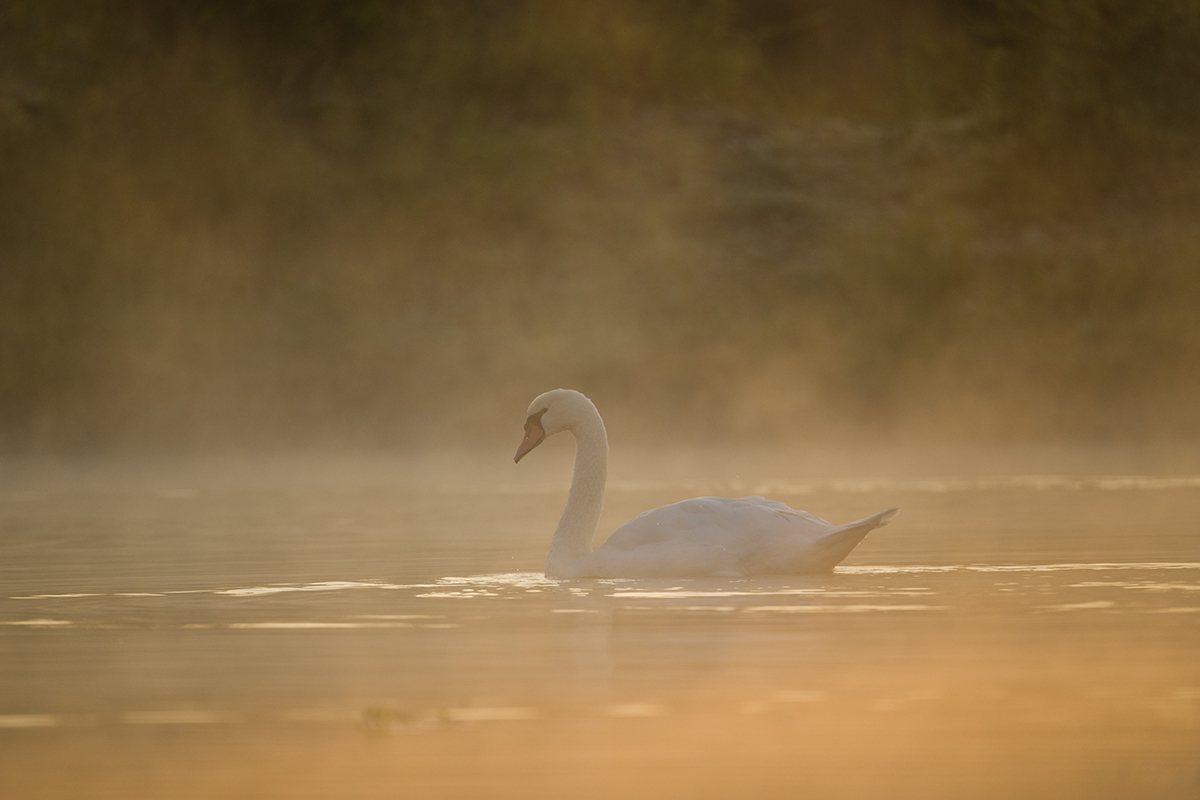Morning Magic
With his Tamron 150-500mm VC ultra-telephoto lens, Lewis Kemper showcases local waterfowl in their best light.
Share the article:
More Photo Tips | Video Gallery | Photo Gallery | Enewsletter sign-up
By Jenn Gidman
Images by Lewis Kemper
Lewis Kemper’s morning routine has become second nature. Once he steps outside of his home in Sacramento, California, he has just a 12-minute walk to reach the American River, where he sets his kayak in the water, rides the currents, and heads out to photograph the resident herons, egrets, ducks, and other waterfowl. “I’m always looking for that really special light, and for a gesture or action that will offer me unique photo opps,” he says.
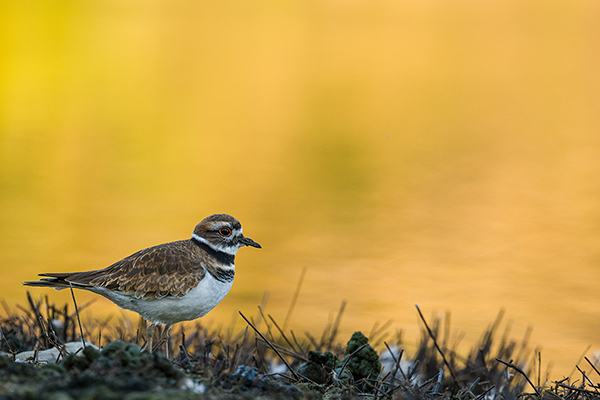
150-500mm (433mm), F8, 1/640 sec., ISO 1250
Click image to view larger
Key to Lewis’ on-the-water adventures is his Tamron 150-500mm Di III VC VXD ultra-telephoto lens designed for Nikon Z mount on a full-frame mirrorless camera system. “I’ve previously used the Tamron 150-600mm Di VC USD G2 ultra-telephoto lens, which I love, but the 150-500mm VC is lighter and more compact, while still offering me plenty of reach when I can’t get too close to anxious birds,” he says. “It’s easy to handle in the kayak, and the Vibration Compensation (VC) feature helps me maintain sharpness while handholding, despite my moving watercraft.”
Lewis prefers to head out in the quiet moments before dawn breaks over the horizon, when the rest of the world is just beginning to rouse. “When I’m in my kayak, I rarely see other people,” he says. “This year, salmon season out here was shut down, so there weren’t even many fishermen on the water. Most mornings all winter, I was on the water by myself. It’s a great way to start the day—just me, my camera with my 150-500mm lens, and all the feathered friends I meet along the way.”
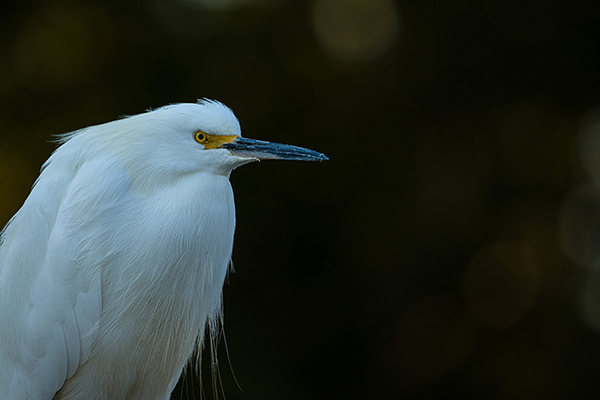
150-500mm (500mm), F8, 1/1000 sec., ISO 800
Click image to view larger
LEWIS’ QUICK TIPS
More on morning shoots.
There are other benefits to shooting earlier in the day, other than the solitude I find on the water. In the evenings here, many of the birds retreat to roost and aren’t as active. Plus, I love the early morning’s soft, golden light, which casts deep shadows against the illuminated water.
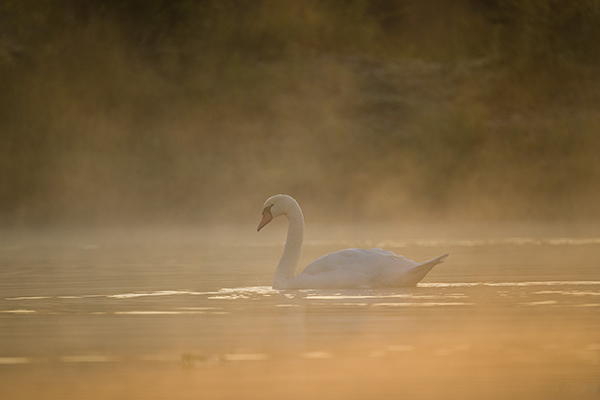
150-500mm (500mm), F7.1, 1/640 sec., ISO 500
Click imag to view larger
Keep it sharp.
The Vibration Compensation (VC) image-stabilization technology featured in the Tamron 150-500mm lens helps me maintain sharpness as I’m drifting along. I shoot in manual, so I also have to up my minimum shutter speed. I generally don’t fall under 1/640 sec., shooting at around F10; if I drop to even just 1/500 sec., it makes a dramatic difference, and not in my favor. If I’m anticipating a bird in flight, however, I’ll bump that shutter speed up to 1/1200 sec. or 1/1500 sec. to effectively freeze the motion.
Map your moves.
Navigating the waterways requires a combination of foresight and flexibility. Before I even get into the kayak, I have to see which way the current is going, figure out which way I want to aim my boat, and plan where along my route I may want to turn or shift position to best work with the light that’s available. That’s not always within my control, either—I might be in a great spot for a photo, but then drop my paddle to raise the camera up and suddenly find myself facing in the opposite direction.
Mind those movements.
There’s nothing more frustrating than spotting the perfect bird, hovering over its own perfect reflection in the water, than to cause a big ripple with my kayak as I steer a little closer. When that happens, I try to stay still in that spot for a few minutes, hoping the water will calm down and the bird will stay put. Most of the time they do stay, but I’ve ruined many of my own pictures that way. Or, I have to content myself with shooting from a little further back.
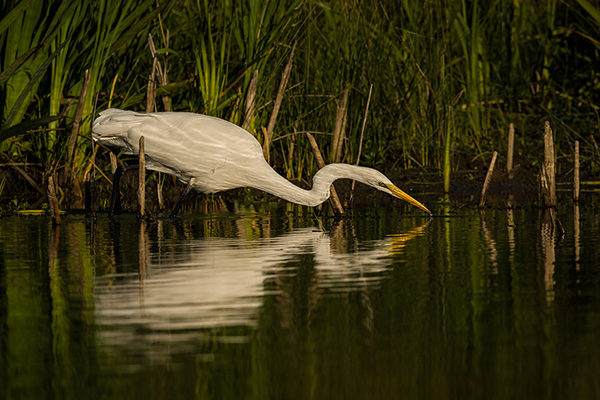
150-500mm (367mm), F10, 1/1600 sec., ISO 200
Click image to view larger
In that same vein, a tiny, intentional ripple can sometimes add some needed texture. It takes just a small rocking motion from left to right in the kayak to create a small one. Or, if the ripple looks really cool, I’ll rock a little harder.
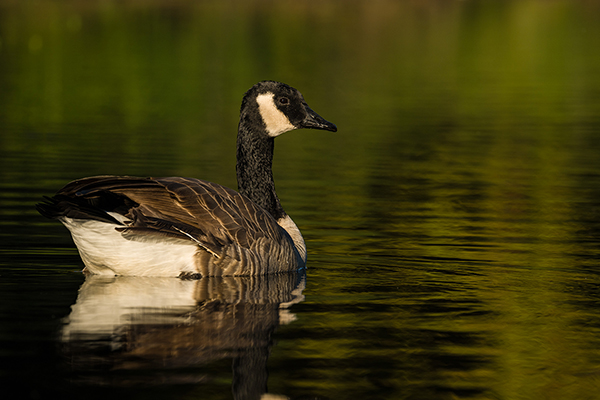
150-500mm (400mm), F10, 1/640 sec., ISO 250
Click image to view larger
Build rapport.
Some of my subjects are more skittish than others, so I build trust by respecting their space and knowing which birds will let you get close and which won’t. The great blue herons I encounter, for example, aren’t typically bothered by my presence. I can be 3 feet away and they don’t seem to care. Others start to get nervous if I get closer than 15 feet. I think it helps that I always talk to the birds while I’m out there—I’m pretty sure some of the regulars know my voice by now.
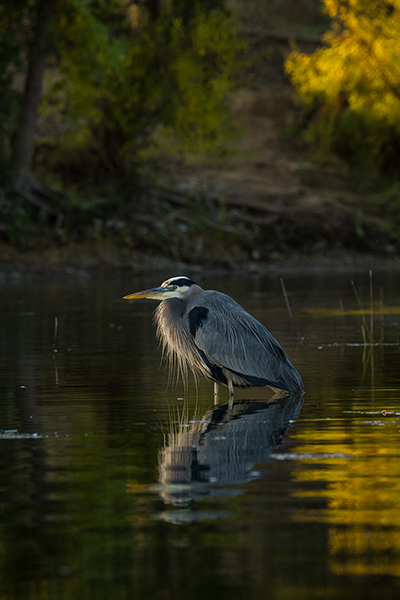
150-500mm (300mm), F9, 1/400 sec., ISO 800
Click image to view larger
To see more of Lewis Kemper’s photos, check out his website and Instagram.
Is your Tamron News subscription up to date? Click to subscribe to all editions of Tamron News featuring how-to tips, new product news, contest announcements and inspiration!
More Photo Tips | Watch Videos | Learn More About Tamron Lenses | Photo Gallery
